The three biggest news items in astrobiology in 2020:
A lot has been achieved, even in an awful year.
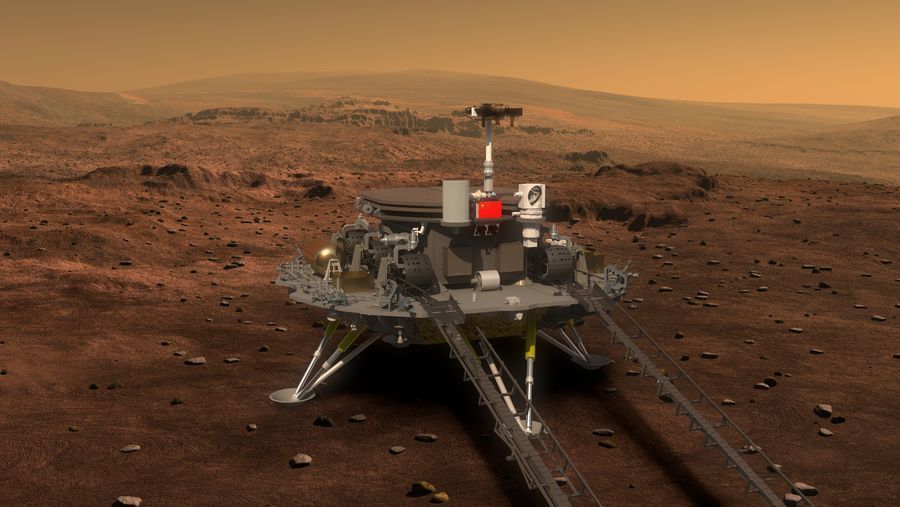
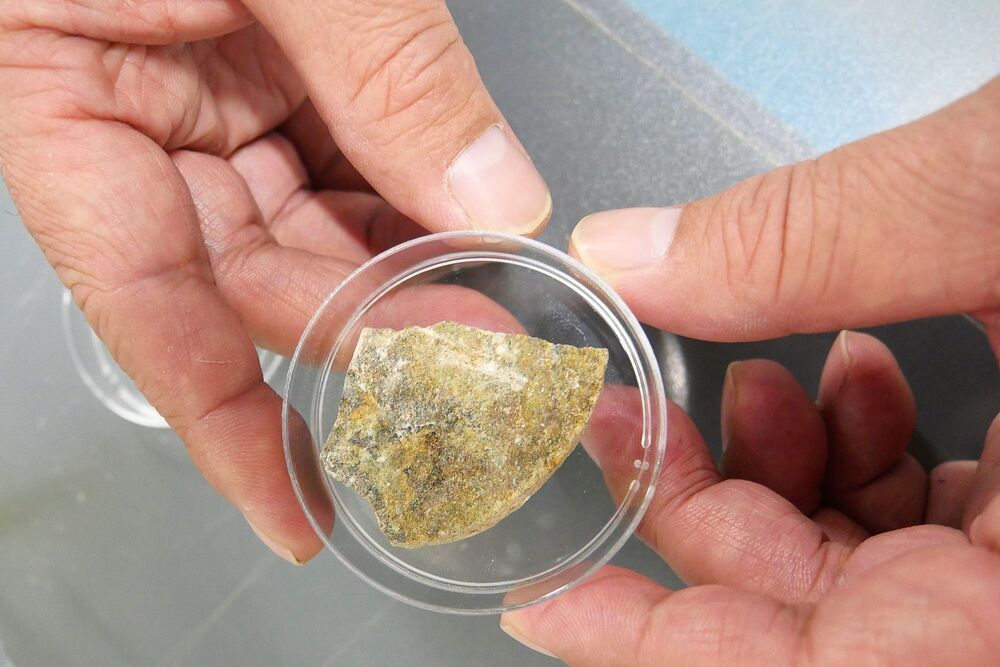
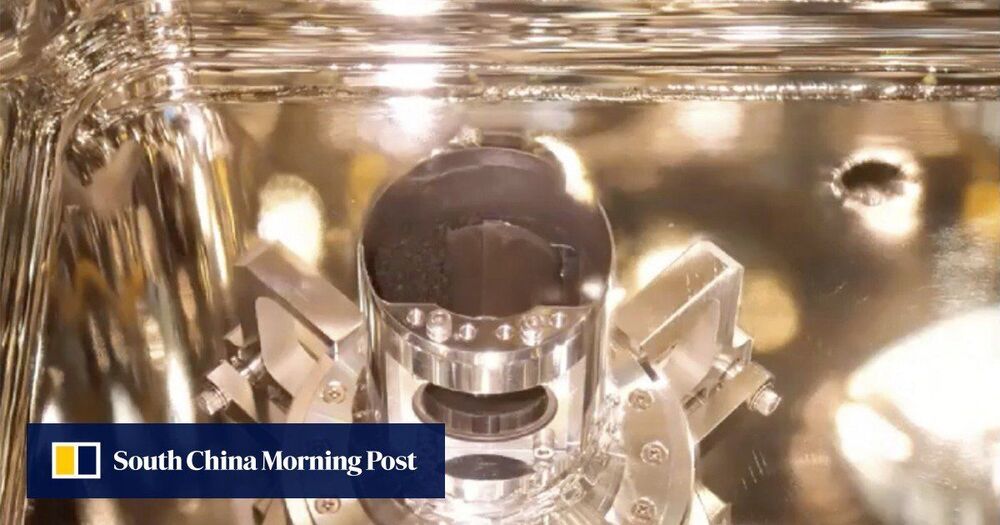
An international team of astronomers today announced the discovery of a rare molecule — phosphine — in the clouds of Venus. This detection could point to extra-terrestrial “aerial” life in the Venusian atmosphere. Watch our summary of the discovery.
An international team of astronomers announced the discovery of a rare molecule — phosphine — in the clouds of Venus.
On Earth, phosphine gas is only made industrially or by microbes that thrive in oxygen-free environments.
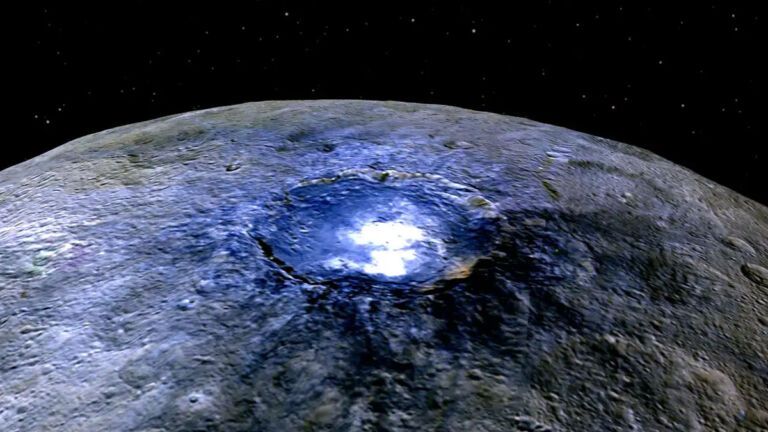
In recent years, scientists have learned that one of Earth’s most unique features — its liquid oceans — is far more common throughout the solar system than scientists ever expected.
Take Ceres, a dwarf planet orbiting our Sun inside the asteroid belt, which scientists discovered earlier this year is actually an ocean world, according to Discover Magazine. The discovery of abundant water on other worlds could have huge implications for the search for extraterrestrial life — to the point that NASA astronomer Alan Stern tells Discover that it’s “one of the most profound discoveries in planetary science in the Space Age.”

The hungriest of black holes are thought to gobble up so much surrounding material they put an end to the life of their host galaxy. This feasting process is so intense that it creates a highly energetic object called a quasar – one of the brightest objects in the universe – as the spinning matter is sucked into the black hole ’s belly. Now, researchers have found a galaxy that is surviving the black hole’s ravenous forces by continuing to birth new stars – about 100 Sun-sized stars a year.
The discovery from NASA ’s telescope on an airplane, the Stratospheric Observatory for Infrared Astronomy, can help explain how massive galaxies came to be, even though the universe today is dominated by galaxies that no longer form stars. The results are published in the Astrophysical Journal.
“This shows us that the growth of active black holes doesn’t stop star birth instantaneously, which goes against all the current scientific predictions,” said Allison Kirkpatrick, assistant professor at the University of Kansas in Lawrence Kansas and co-author on the study. “It’s causing us to re-think our theories on how galaxies evolve.”
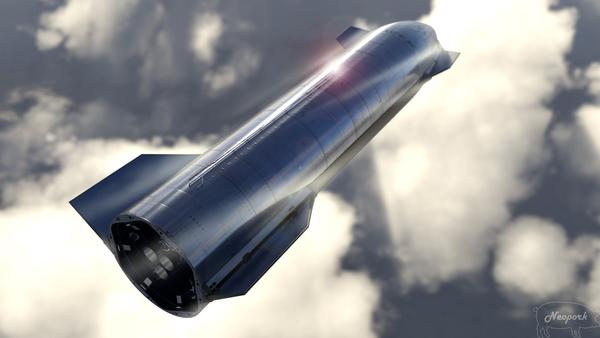
We could soon see a SpaceX’s Starship SN8 prototype lift off 50,000 feet (ft) above Boca Chica Beach in South Texas! The launch will be the company’s first higher altitude test flight performed by a stainless-steel prototype of the Starship spacecraft SpaceX is developing to colonize Mars. –“I think the most important thing is to create a self-sustaining city on Mars,” the founder of SpaceX Elon Musk says, “That’s, I think, the critical thing for maximizing the life of humanity; how long will civilization last.” Musk hopes the vehicle could one day launch hundreds of astronauts to build the first settlement on the Red Planet. SpaceX is working on an ambitious schedule to make life multiplanetary in our lifetime. The company targets to launch a Starship with cargo to the Martian surface by 2022, followed by the first crewed mission in 2024. “I think we have a fighting chance of making that second Mars transfer window,” Musk said, in reference to the launch opportunity that arises every 26 months when Mars and Earth’s orbit align closer to each other to enable a shorter-duration voyage. He said that if it the orbital alignments that enable voyages to Mars every 26 months were not needed, SpaceX “would maybe have a shot of sending or trying send something to Mars in three years. […] But the window is four years away, because of them [planets] being in different parts of the solar system,” he stated during the Humans To Mars conference in August.
Believing in a dream pic.twitter.com/kicgiwFYDc — Austin Barnard🚀 (@austinbarnard45) November 28, 2020
Musk plans to convert Boca Chica into a spaceport, the “Gateway to Mars.” SpaceX teams are simultaneously building multiple Starship prototypes and rapidly expanding the launch facility. Today, Musk shared the Starship SN8 prototype could take flight as soon as Wednesday, December 2nd. Tomorrow, engineers will perform a static-fire test, to assess Starship SN8’s triple Raptor engines performance. During the routine pre-flight preparation, they will briefly ignite the Raptors while the vehicle is grounded to a test stand at the launch pad. When asked if he was ‘nervous about people watching from the build site’ due to the engines’ high thrust, Musk said – “Static fire is not risky from build site, but we need to clear the build site for early flights,” he wrote via Twitter. The static-fire test could take place on Monday, November 30, sometime between 7:00 a.m. to 6:00 p.m. CST, according to Cameron County Boca Chica Beach road closure announcements.
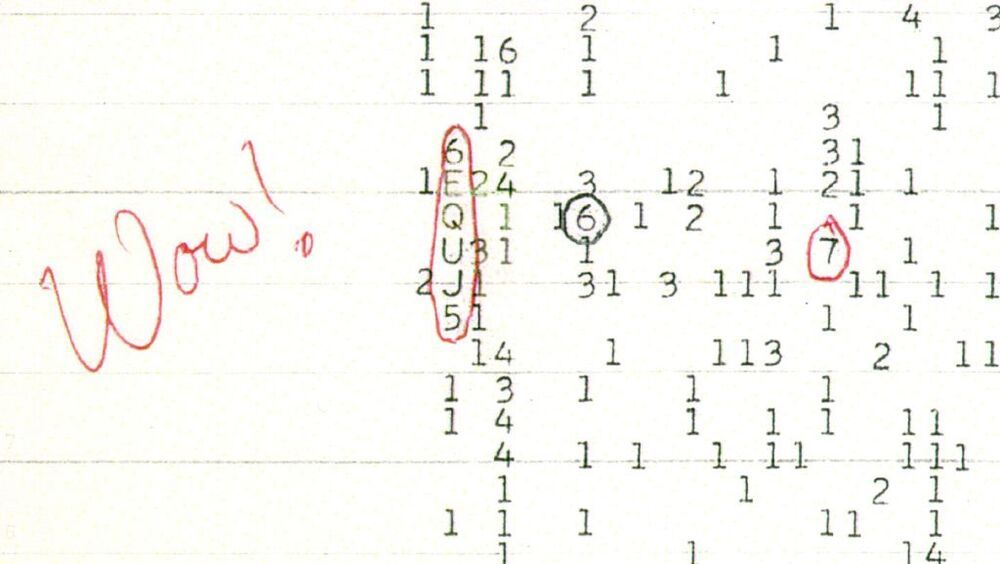
Amateur astronomer and YouTuber Alberto Caballero, one of the founders of The Exoplanets Channel, has found a small amount of evidence for a source of the notorious Wow! signal. In his paper uploaded to the arXiv preprint server, Caballero describes searching the Gaia database for possible sun-like stars that might host an exoplanet capable of supporting intelligent life.
Back in 1977, astronomers working with the Big Ear Radio Telescope—at the time, situated in Delaware, Ohio—recorded a unique signal from somewhere in space. It was so strong and unusual that one of the workers on the team, Jerry Ehman, famously scrawled the word Wow! on the printout. Despite years of work and many man hours, no one has ever been able to trace the source of the signal or explain the strong, unique signal, which lasted for all of 72 seconds. Since that time, many people have suggested the only explanation for such a strong and unique signal is extraterrestrial intelligent life.
In this new effort, Caballero reasoned that if the source was some other life form, it would likely be living on an exoplanet—and if that were the case, it would stand to reason that such a life form might be living on a planet similar to Earth—one circling its own sun-like star. Pursuing this logic, Caballero began searching the publicly available Gaia database for just such a star. The Gaia database has been assembled by a team working at the Gaia observatory run by the European Space Agency. Launched back in 2013, the project has worked steadily on assembling the best map of the night sky ever created. To date, the team has mapped approximately 1.3 billion stars.
